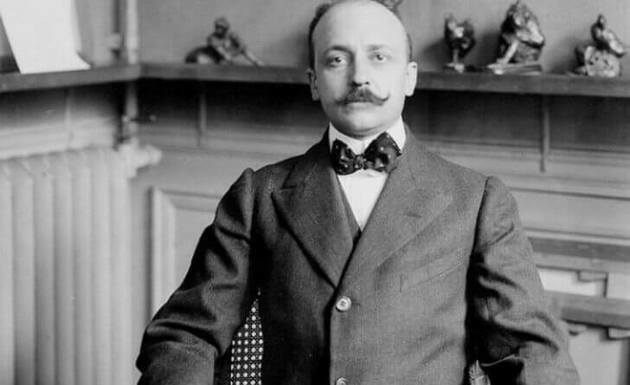Rembrandt was a dutch painterof the european baroque that prevailed in the 16th and 17th centuries in Europe. He is considered one of the most important painters of the period.
Biography

Rembrandt's Self-Portrait (1660)
Rembrandt Harmenszoon van Rijn was born on July 15, 1606, in Leiden, Netherlands. The son of a simple family, Rembrandt had eight siblings.
From an early age he showed his inclination towards the fine arts. At age seven he entered the city's Latin School and later Leiden University. Consequently, he went to study in the workshop of painter Pieter Lastman in Amsterdam.
He ended up setting up a studio there, establishing himself in the city. In addition to being a painter, Rembrandt made prints and taught. After being recognized as a painter, the court in The Hague commissioned some of his paintings.
He married Saskia van Uylenburgh in 1634, and with her he had four children. However, only one of them survived: Titus. Saskia was one of the main female figures who served as a model for his works.
He got rich from the sale of his works, when he started to live in a mansion. However, after the death of his wife in 1642, he goes through a financial crisis and is forced to sell part of his property.
He also had an extramarital involvement with Titus' nanny, Hendrickje Stoffels. With her he had a daughter named Cornelia.
In 1663, his companion dies and in 1668, his son Titus. A year later, Rembrandt died in Amsterdam on October 4, 1669, aged 63 years.
Main Works
Rembrandt was the owner of a vast work that includes more than 300 paintings, drawings and engravings. About 100 of them are self-portraits.

the mill
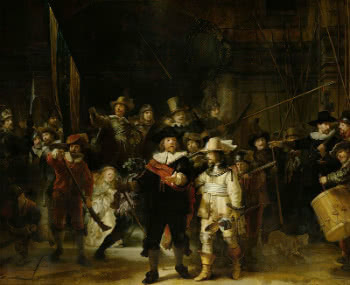
the night round
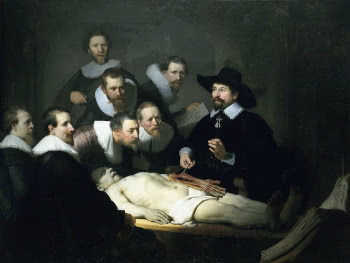
Dr. Tulp's Anatomy Class
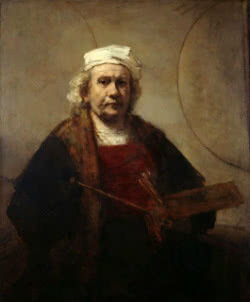
Self-portrait with paint and brushes

The Syndics of the Amsterdam Fabric Guild
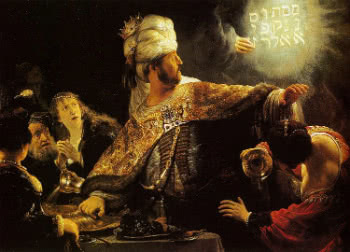
Belshazzar's Feast
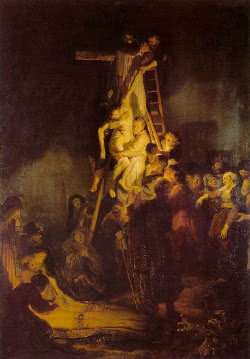
the descent from the cross
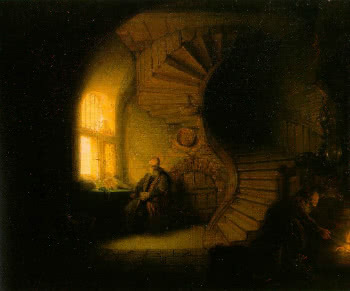
Philosopher in Meditation
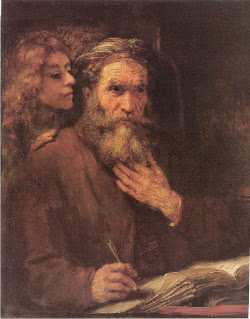
Saint Matthew and the Angel
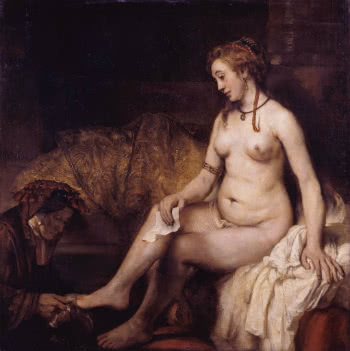
Bathsheba's Bath
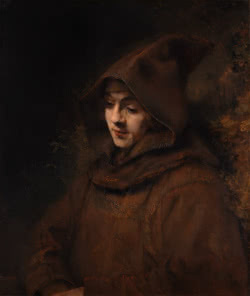
Titus Monk Dress
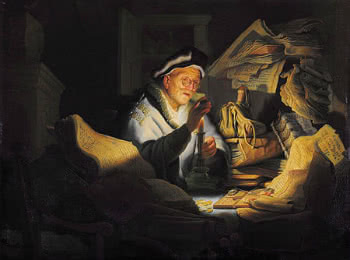
the rich fool
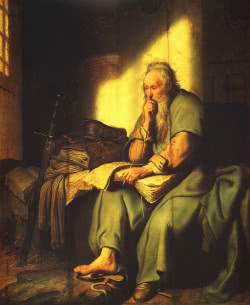
Sao Paulo
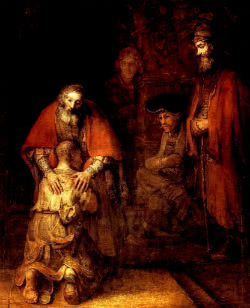
Return of the Prodigal Son

The storm of the Sea of Galilee
Characteristics of the Works
With rich details, great expressiveness and strong drama, Rembrandt's unique style was well accepted during his time.
With intense realism and a refined technique, he portrayed religious and everyday scenes, as well as mythological themes and some landscapes.
Part of his work is notorious for using cool colors, while in others, Rembrandt has chosen to use strong, vibrant colors. Furthermore, one of his painting techniques was the intense play of light and shadows characteristic of the Baroque style.
It is interesting to note that he used a lot of paint in his works, thus creating a relief effect. In the prints, he used the etching technique, which consists of applying nitric acid diluted in water on a metal plate.
Rembrandt House
The house where he lived in Amsterdam between 1636 and 1658 was transformed into a Museum in 1911. The place brings together part of Rembrandt's works as well as original objects and furniture used by the artist.
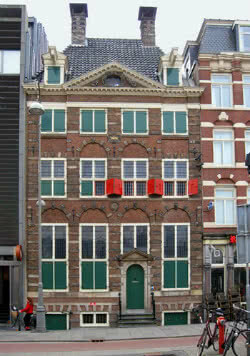
Rembrandt House Museum in Amsterdam, Netherlands
Read too:
- Baroque
- Baroque style
- Baroque art
- Baroque painting



